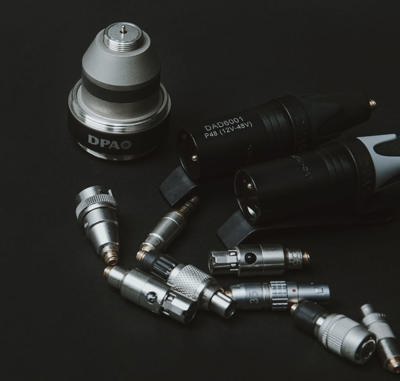Loud setting vs. quiet space
Cardioid mics are best in settings where a lot is happening, for example on some theater stages. A cardioid microphone adds isolation to the sound source and is great at avoiding feedback on a loudspeaker-amplified set. On the other hand, cardioids are more sensitive to pop-noise (the P-sounds for example produce high plosive noise) and handling noise. In a quieter setting, or when only one person is performing, perhaps an omnidirectional microphone is preferred.
Stability vs ease and quickness
The choice of a single- or dual-ear mount headmics allows the talent to select the best version for their specific type of performance. Earset variants are the quickest to put on and often the best choice when miking needs to be easy. The dual-ear variant is ideal for more active situations, when secure mounting is required, as it sits snugly on the neck and is virtually invisible. Like its single-ear counterpart, it is unobtrusive and so comfortable that users forget they are wearing it. There are even in-ear headset microphones that merge the mic solution with convenient in-ear communication. Earset models tend to be more comfortable and are quicker to put on and take off.
Small or really small
DPA's 5 mm capsule styles are small and inconspicuous, our flat capsules are slightly smaller and harder to see and our newest 3 mm capsules are the smallest of all – barely visible in many applications.
In addition, the color that best compliments the performers’ skin tone and the correct boom length to ensure proper headworn mic placement at the corner of the smile, are important to consider. Finally, if you need to use in-ear monitors, for broadcast or on stage, there is a range of versions available as well.

















